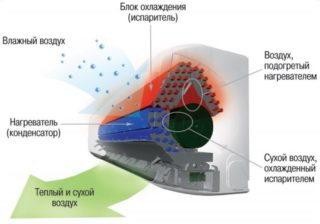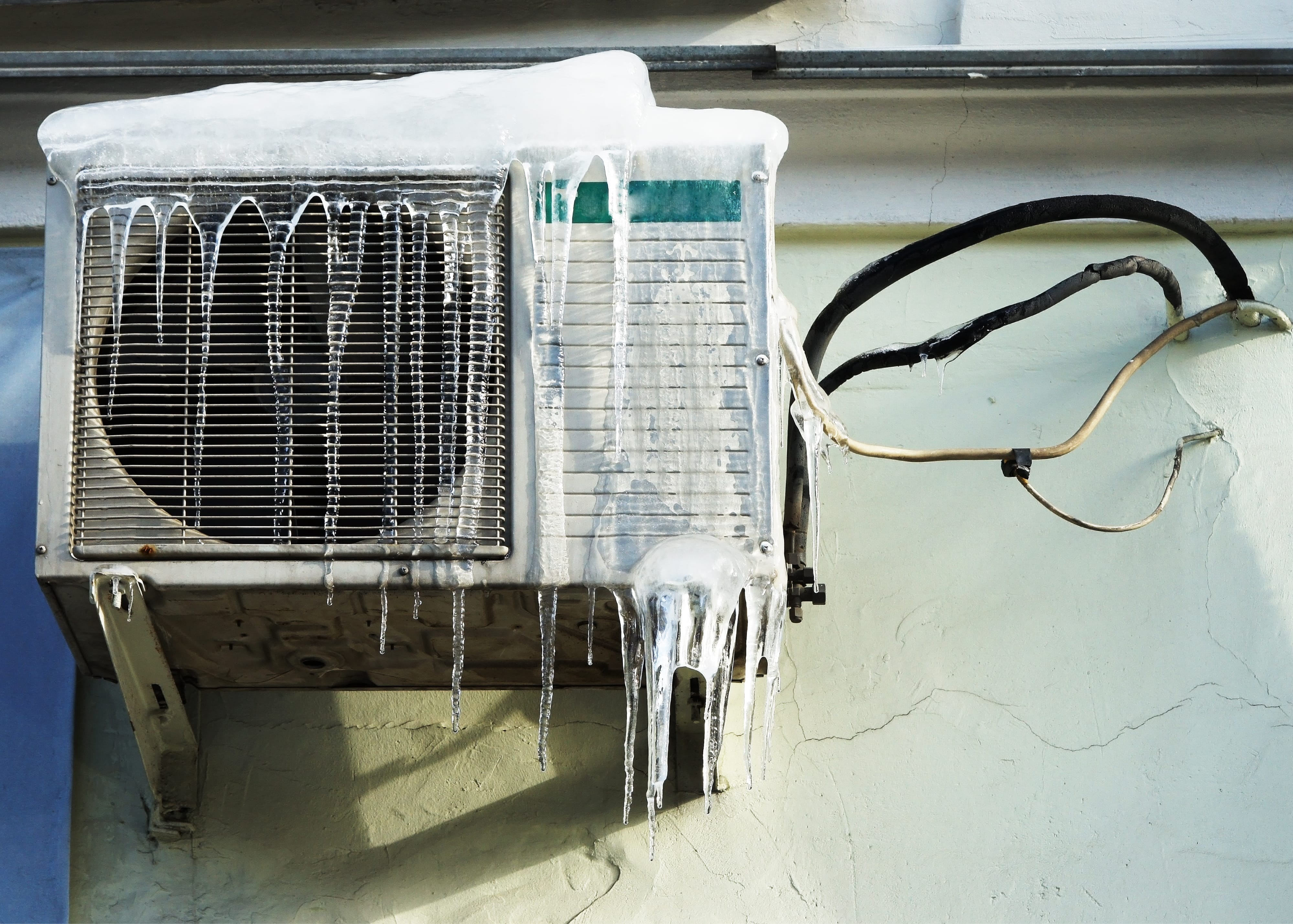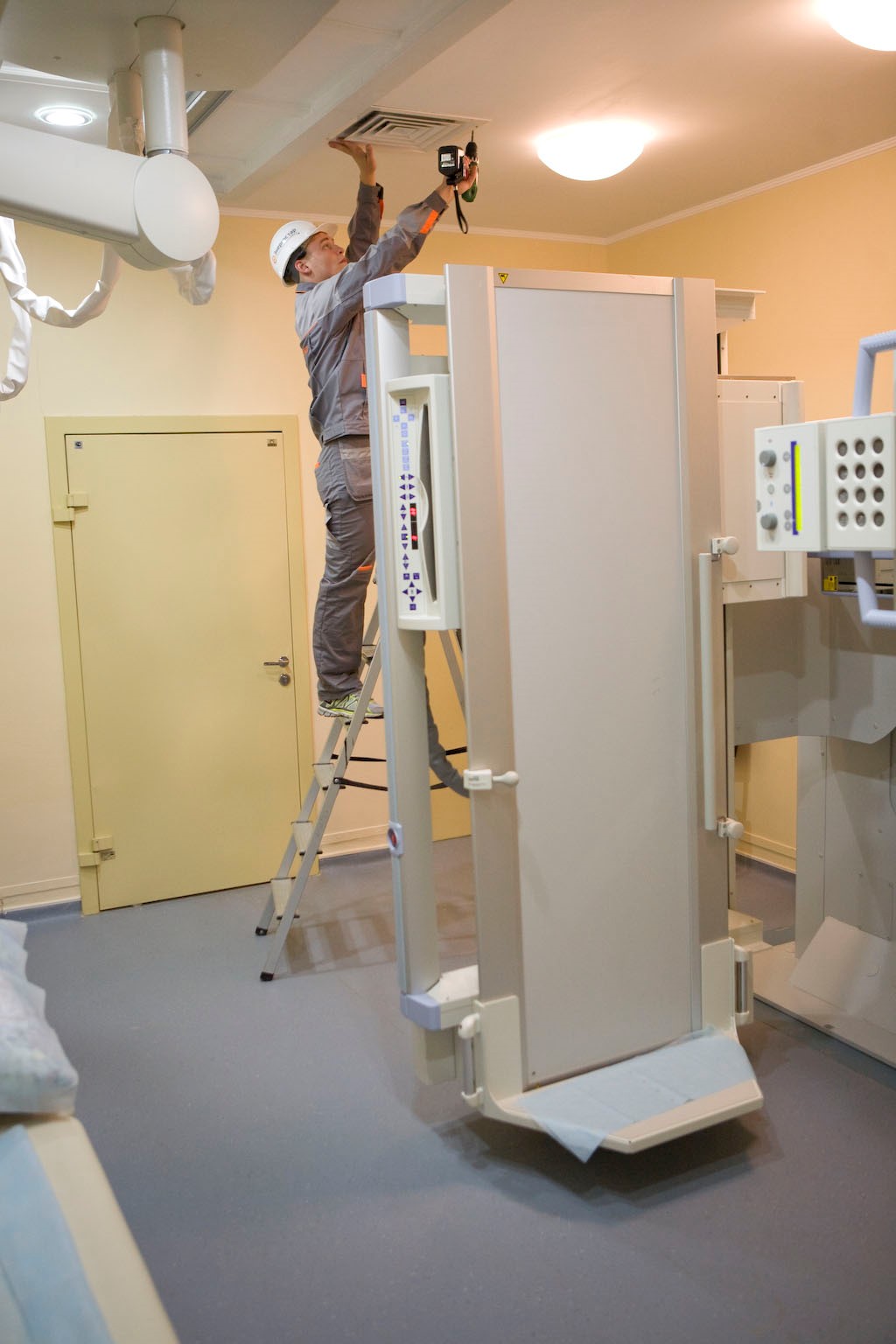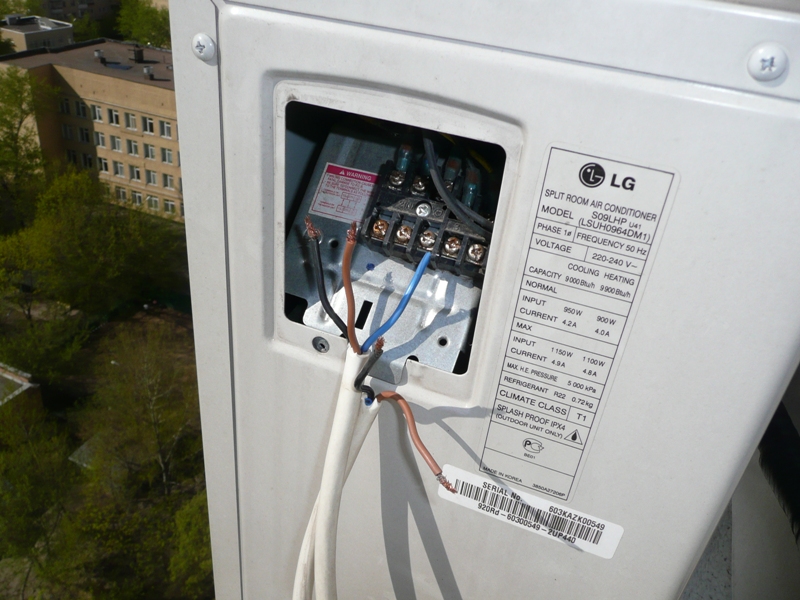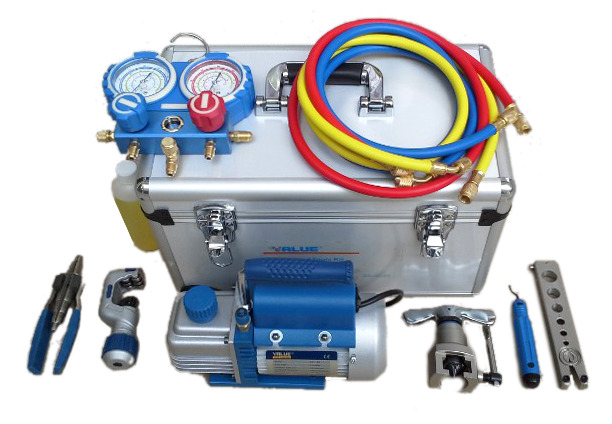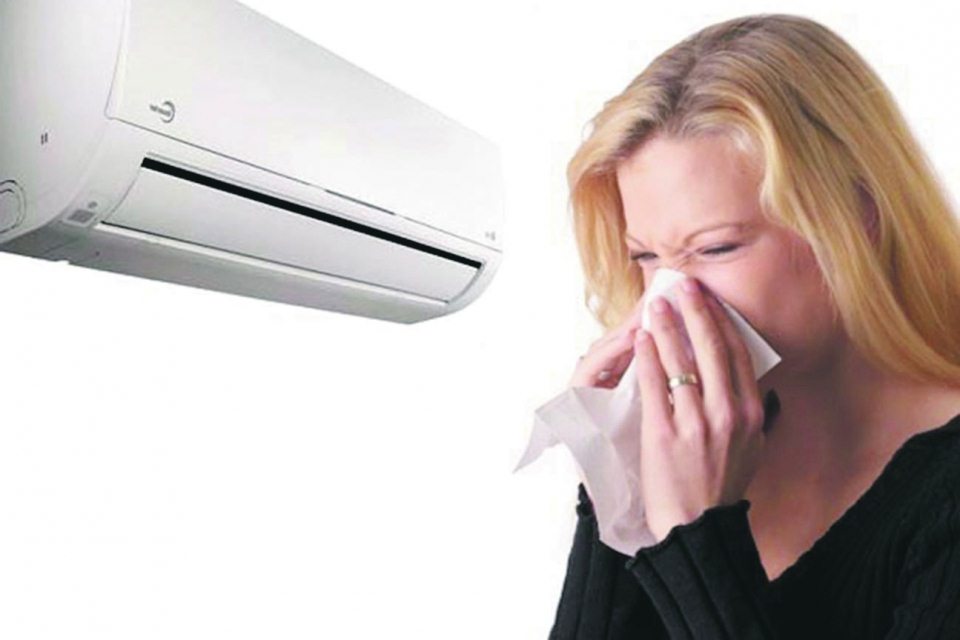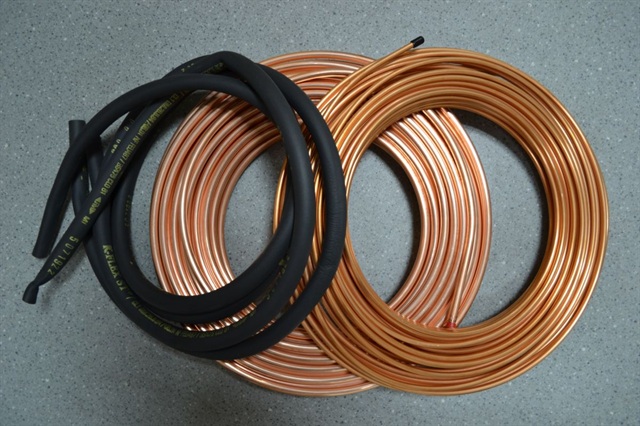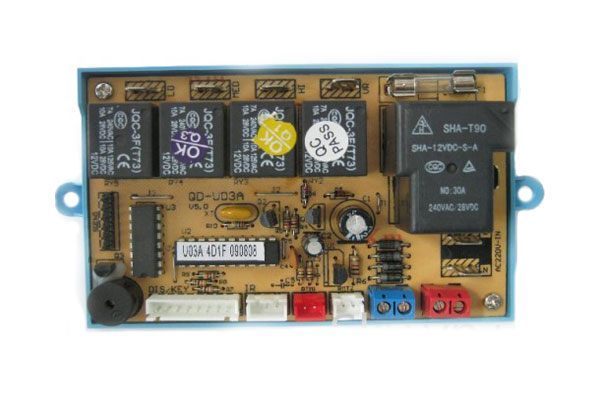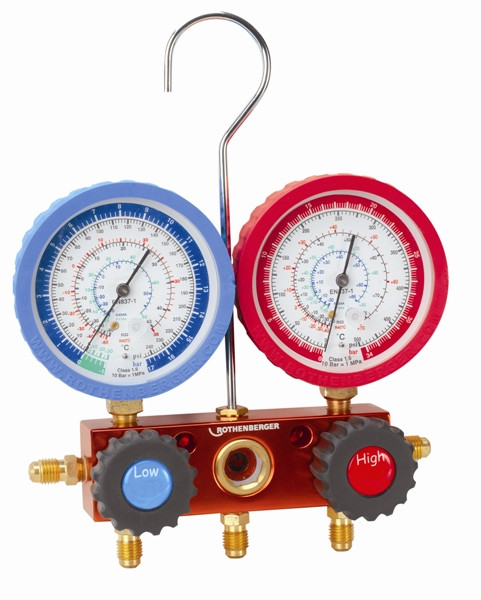Modern air conditioners have a lot of useful functions - cooling, heating, air ionization. Thanks to them, the well-being and health of the residents improves. However, owners of split systems sometimes notice allergic reactions during the operation of the device. It is worth figuring out why there is an allergy to air conditioning and how to fix the situation.
Allergy symptoms
- Difficulty breathing and chest congestion.
- Constant coughing and sneezing, after which there is no feeling of relief.
- Conjunctivitis of an allergic nature, manifested by inflammation of the mucous membrane of the eye. A runny nose, in which a large volume of clear mucus flows out of the nose.
- It is difficult for a person to look at the light, he experiences a burning sensation in the eyes and tearing.
- The appearance of a rash. It can be of a different nature and is often accompanied by itching.
By observing the rules for using the air conditioner, you can avoid allergic reactions and maintain your health. In cases where any of these symptoms appear, it is worth contacting a specialist and getting treatment. After that, the split system is cleaned and repaired.
Causes of the disease
It is worth identifying the causes of allergies in a person living in an air-conditioned apartment.
Overdrying air
Excessively dry air affects the condition of the skin - it turns red and flakes. The mucous membranes of the nasopharynx lose moisture and become thinner. Allergic reactions cause severe discomfort.
High humidity
In addition to excessive dryness, high humidity can also provoke allergies. Dampness in a room encourages the growth of mold and other types of fungi. They spread their disputes around the apartment, and reduce immunity when they enter the human body. Ionizers help to reduce humidity - stand-alone devices or built into the air conditioner.
Temperature drops
A sharp change in temperature can provoke hypothermia. The coolness generated by the air conditioner is often stressful for the body. This happens when a person enters from a 30-degree heat into a room with a temperature of 20 degrees.
Avoiding extreme thermometer adjustments can prevent allergy symptoms. The temperature should be lowered by 2-3 degrees every half hour, gradually bringing the indicator to the required level.
Colds
Cold symptoms often mimic allergic reactions. In cooling mode, cold air masses come out of the split system. If you sit or stand in the immediate vicinity of the appliance for a long time, the first signs of a cold may resemble an allergy.
High dust concentration
After installing the air conditioner, homeowners are less likely to ventilate the premises.As a result, the same air circulates through the room. It becomes stale, creates a feeling of stuffiness. In such air, the concentration of dust and pollen from domestic plants is much higher. These conditions negatively affect the skin of every child and adult.
Conditioner chemicals
Freons and some polyhydric alcohols are used to cool and heat the air in air conditioners. When the split system works properly, nothing gets into the air masses. However, a small amount of refrigerant vapors can leak into the air and enter the body of residents. Allergy to freon air conditioner is manifested by cough, nausea, dry throat and asthma attack.
The condition of the sealed pipes of the air conditioner should be checked regularly. In the event of a refrigerant leak, the damaged components are immediately repaired. Such measures allow maintaining health and increasing the service life of equipment.
Filter problem
Microorganisms that settle on the cleaning elements actively multiply (especially in humid air). If the air conditioner is turned on after a long period of inactivity, they are thrown into the room, causing allergic reactions in people.
Factors contributing to the appearance of allergies in the presence of an air conditioner in the house:
- a powerful device serves a small room;
- the owner of the apartment rarely cleans the filters;
- the split system has not been repaired for a long time.
Thus, air conditioners by themselves are not capable of causing allergies. Cough, dry mucous membranes and redness of the skin appear only if the device is used improperly.
Filters in air conditioners for allergy sufferers
Air conditioners for allergy sufferers must have an inverter motor that can change the speed. This allows you to switch the device to different operating modes. The system filters the air in several stages for maximum cleaning. It is worth considering the main types of filters.
Photocatalytic
The principle of the filter is similar to that of a fine-pored carbon element. However, it includes special additives that eliminate various odors that trap microorganisms and chemicals for 3-5 years.
Zeolite filters are washed and dried every 1000 hours of operation. After cleaning, they are placed in direct sunlight for 3-4 hours.
Titanium oxide photocatalytic filters last less, but purify the air more efficiently. They have to be changed every year. They must not be washed, but must be exposed to the sun every 300 hours of operation.
Plasma
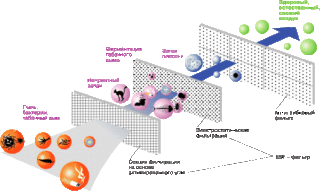
The advantage of plasma filters is that the particle size does not matter. The quality of cleaning the air conditioner depends on the strength of the charge received by the particle and the ability to stick together with others like it.
Plasma filters do not need to be changed or cleaned, and their efficiency reaches 95%. These indicators indicate the high efficiency of such elements in eliminating organic and inorganic allergens.
Antibacterial
The efficiency of split systems for allergy sufferers has increased when they are equipped with antibacterial filters. Microorganisms are captured and then destroyed. Microbes do not multiply, do not enter the room.
A catechin filter is a type of antibacterial purifier. It neutralizes both bacteria and viruses, decomposing them into radicals.The antibody filter is able to break down fungal spores and simplest compounds.
The deodorizing filter is used as an addition to the main cleaning system. It has a large surface area to effectively eliminate smoke and odors. Such an air conditioner is especially effective in the home of smokers.
Thus, allergy sufferers are better off choosing inverter air conditioners equipped with a full-stage filtration system. One of the main functions of a split system is to maintain the specified parameters of air humidity. Such devices maintain an optimal indoor climate.


